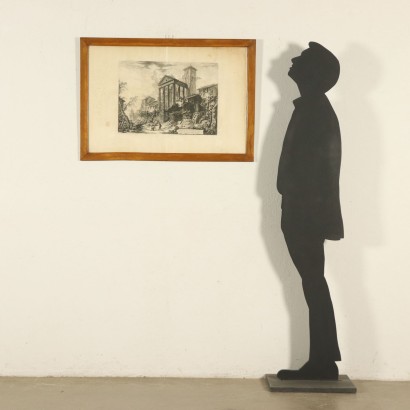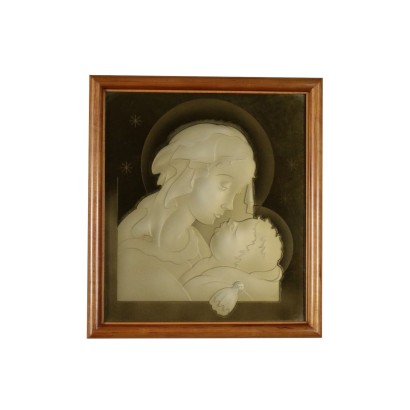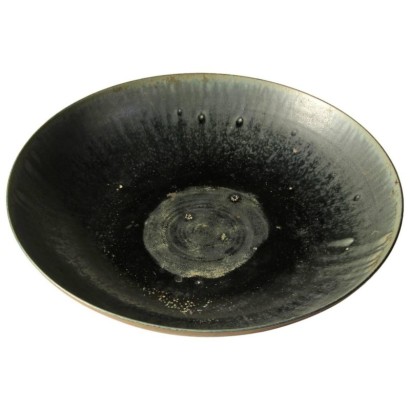Etching by Gianbattista Piranesi Glimpse of the Temple of Hercules - View of the temple of Hercules in the city of Cora
Features
View of the temple of Hercules in the city of Cora
Artist: Giovanni Battista Piranesi (1720-1778)
Artwork title: Veduta del tempio di Ercole nella città di Cora, dieci miglia lontano da Velletri
Age: 18th Century / 1701 - 1800
Subject: Views/City Glimpses
Artistic technique: Printing
Technical specification: Burin (Cable Engraving)
Description : Veduta del tempio di Ercole nella città di Cora, dieci miglia lontano da Velletri
Etching, bulin and drypoint. Signed in the lower left corner, title of the glimpse in the lower right corner. From the collection of printings 'Vedute romane' (Roman glimpses), best known as Piranesi's work. The city of Cora in the province of Latina is characterized by many different Roman temples among which the Temple of Hercules, the most important one. The printing shows stains of moisture. In frame. 18th century.
Product Condition:
Fair condition. Wear consistent with age and use.
Frame Size (cm):
Height: 65
Width: 93
Depth: 2
Artwork dimensions (cm):
Height: 56
Width: 85
Additional Information
Artist: Giovanni Battista Piranesi (1720-1778)
Giovanni Battista Piranesi, also known as Giambattista, began his career when at the age of 20 he left Mogliano Veneto, in the province of Treviso, where he was born, to go to Rome to study engraving and etching; in those years he also went to Naples to study Baroque art and visit the archaeological excavations of Herculaneum. In 1744 he returned to Venice where he met Giovan Battista Tiepolo and Canaletto, who greatly influenced him; in 1747 he settled permanently in Rome and opened an engraver's shop in via del Corso. Since then he always lived in Rome, where he made his fortune, as well as with the engravings, with the commissions of Pope Clement XIII, who entrusted him with restoration and redevelopment works of the city and had him decorate the apartments of his family. From the 1950s he developed his interests in archeology, and participated in the debate on the superiority between Greek and Roman architecture, siding in favor of the latter. His engraved tables, marked by a dramatic intonation and graphics, appear marked by an idea of Roman dignity and magnificence, expressed through the grandeur and isolation of the architectural elements, in order to arrive at a sublime feeling of grandeur. of the ancient past, although marked by inexorable abandonment. Late Baroque Roman art remained a fundamental reference in both its theoretical and artistic activity; in the engraving he used the etching procedures with inventive freedom, realizing, especially in maturity, dramatic and complex compositions through accentuated perspective and chiaroscuro effects.
Age: 18th Century / 1701 - 1800
18th Century / 1701 - 1800
Subject: Views/City Glimpses
Artistic technique: Printing
La stampa è un processo per la produzione di testi e immagini, tipicamente mediante l'impiego dell'inchiostro su carta e di una pressa da stampa. Spesso viene svolto come processo industriale su larga scala ed è una parte essenziale dell'editoria.
Technical specification: Burin (Cable Engraving)


























